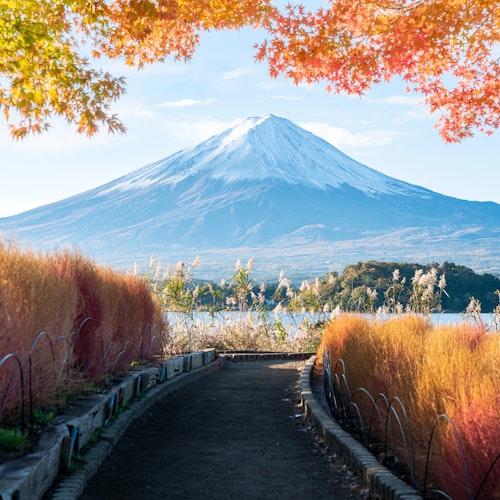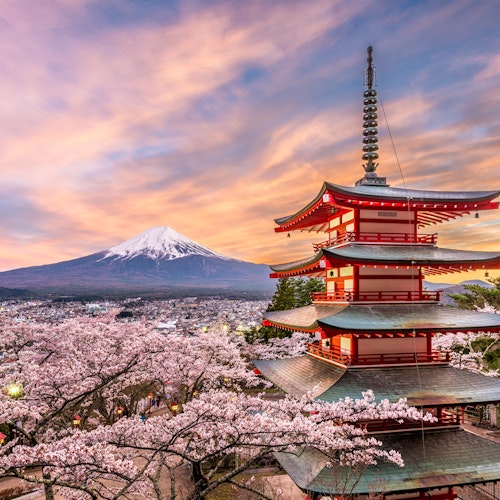
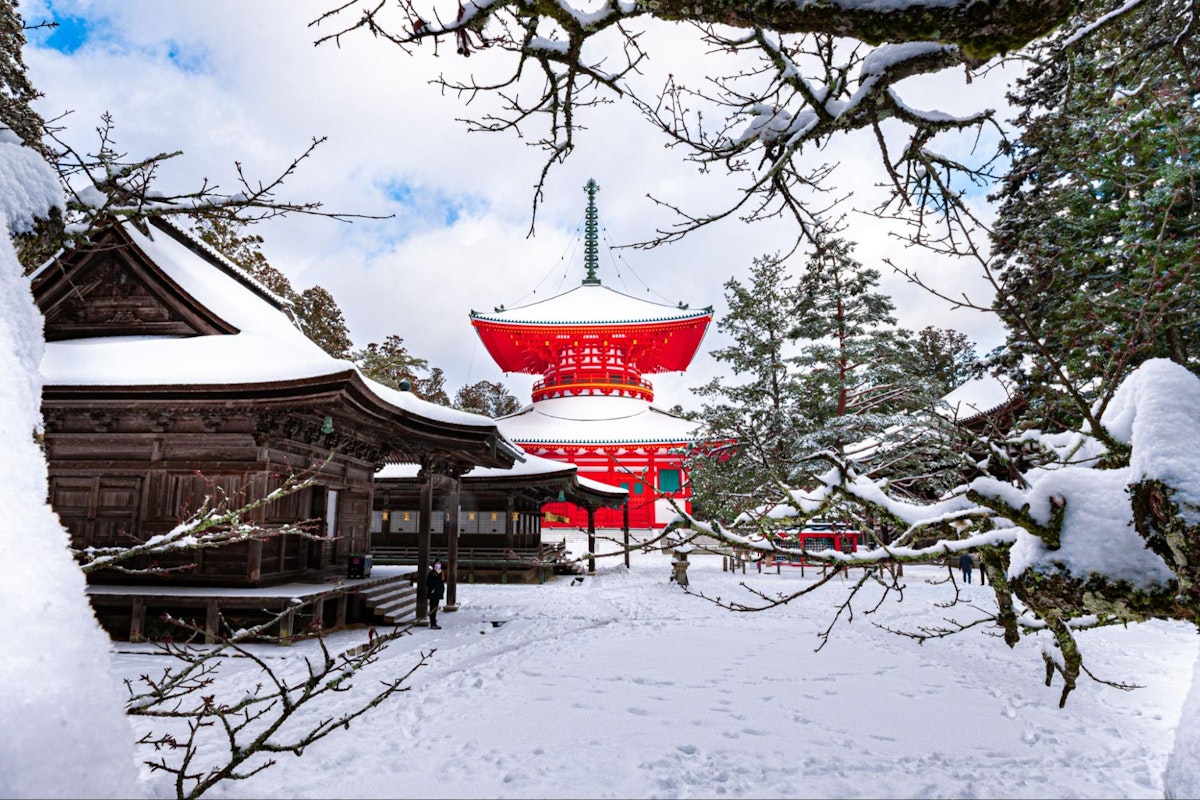
Imagine escaping the noise and rush of everyday life, stepping into a serene space where centuries-old history, spiritual wisdom, and breathtaking natural beauty come together. This place exists, and it's called Mount Koya, or Kōyasan, located in Japan's Wakayama prefecture.
More than just a picturesque destination, Mount Koya serves as the spiritual heart of Shingon Buddhism, a form of Buddhism that was introduced to Japan in 805 by a monk named Kobo Daishi. Recognized by UNESCO as a World Heritage Site, Mount Koya offers visitors an extraordinary journey - one that provides a glimpse into the richness of ancient culture, the tranquility of nature, and a chance to explore one's own inner peace.
From the moment you step into Kōyasan, you'll sense its unique blend of calm, historical richness, and spiritual essence. The mountain town is dotted with over 100 temples, each one carrying its own fascinating history, surrounded by nature that changes beautifully with each season. Visitors have a unique opportunity to immerse themselves in this culture and tradition. You can stay in a Shukubo, a traditional Buddhist temple lodgings, where you live as monks do.
These stays often include vegan meals called Shojin Ryori, and opportunities to participate in activities like meditation and sutra copying, offering a rare glimpse into the Buddhist way of life. As we begin this comprehensive exploration of what makes Mount Koya so unique and special, prepare yourself for a journey that's not just about discovering a new place, but also about experiencing a different way of life and gaining a deeper understanding of yourself.
Mount Koya's status as a spiritual epicenter is echoed in its vast collection of more than 100 stunning temples. Each one of these serves as a repository of history, culture, and Buddhist teachings, offering an insight into the evolution of Shingon Buddhism over the centuries.
These temples, nestled within the embrace of lush nature and often shrouded in the town's signature mist, give Kōyasan a timeless allure. From the intricately carved temple gates to the towering pagodas and majestic main halls, each temple is an architectural marvel that tells a unique story of its own.
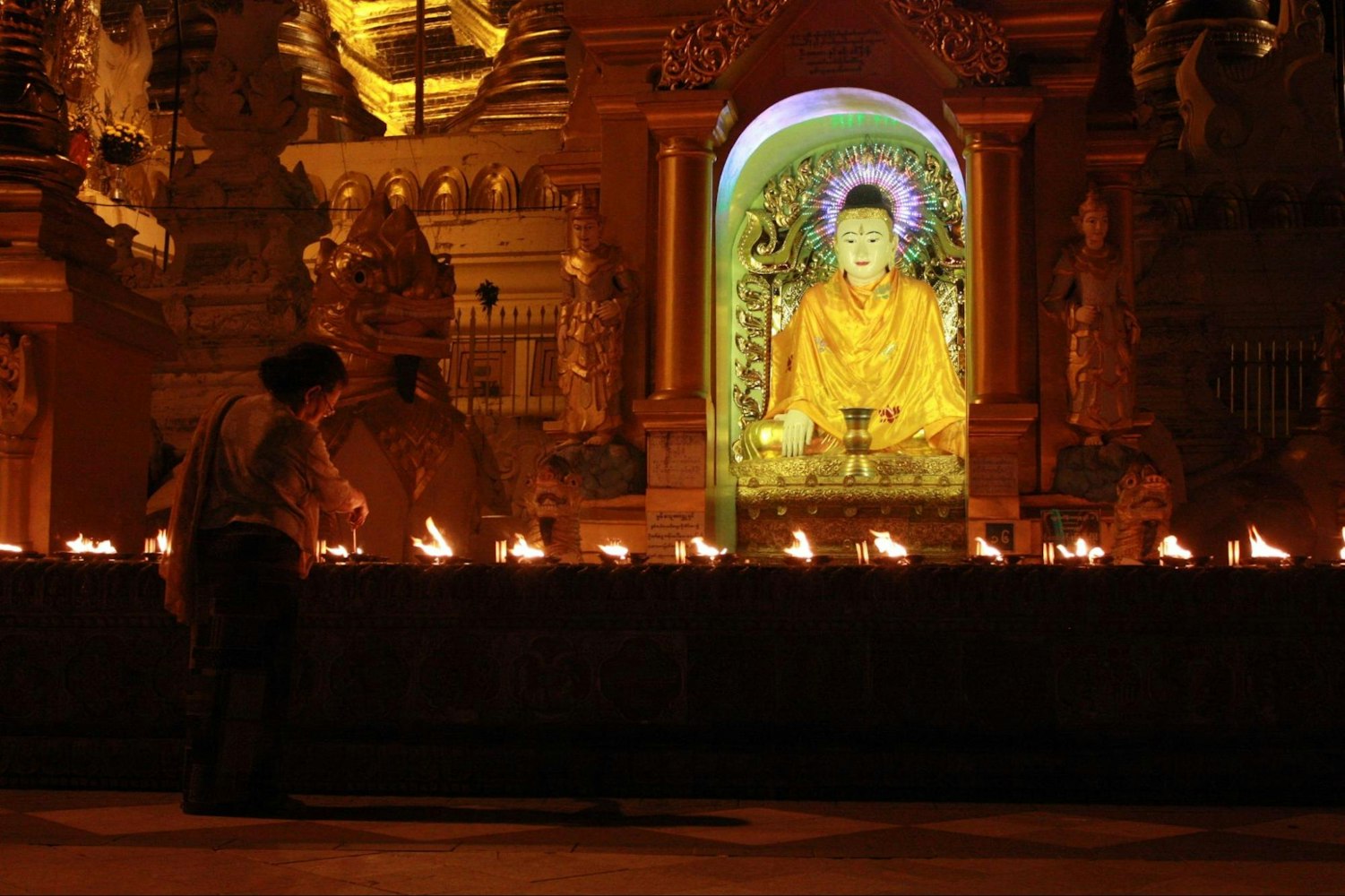
These temples not only serve as places of worship but also function as centers of learning and community. They have preserved ancient Buddhist traditions while accommodating the necessities of modern times.
Some of the most prominent temples offer Shukubo, or temple lodging experiences, giving visitors a chance to fully immerse themselves in the traditional monastic lifestyle. Walking through the temple complexes, you can observe monks going about their daily routines, from performing ceremonial prayers to maintaining the temple grounds.
Kongobu-ji, the administrative head temple of Shingon Buddhism, is a must-visit site for anyone exploring Mount Koya. Founded by Kobo Daishi himself, this temple stands as the spiritual heart of Kōyasan. As you walk through its corridors adorned with sliding doors showcasing intricate paintings, you get a glimpse into the vibrant cultural heritage that this temple has preserved over the centuries.
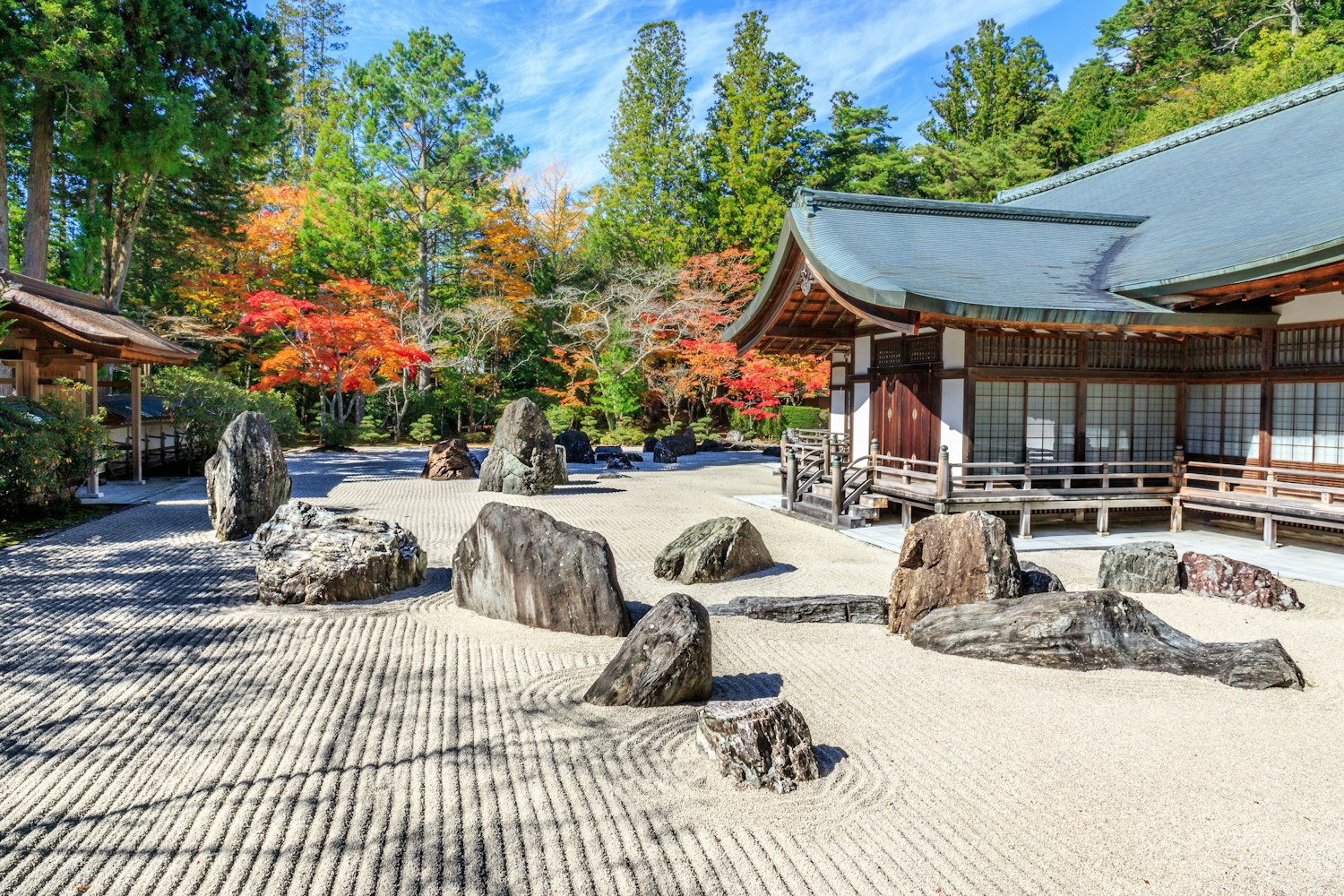
Perhaps the most famous feature of Kongobu-ji is the Banryutei Rock Garden, the largest of its kind in Japan. Crafted by famous garden designer Shigemori Mirei, the garden represents a dragon soaring above a sea of clouds.
This calming landscape is an embodiment of Zen philosophy, designed to inspire introspection and serenity. Sitting by the garden and soaking in its tranquil beauty is a unique spiritual experience that encapsulates the essence of Kōyasan.
Okunoin, the site of Kobo Daishi's mausoleum, is a sacred space that commands a profound sense of respect and peace. It is the largest cemetery in Japan, hosting the graves of numerous monks and devotees who wished to be laid to rest near Kobo Daishi.
As you walk the 2-kilometer path leading to the mausoleum, you're surrounded by centuries-old cedar trees and over 200,000 stone monuments and gravestones, each with its own story.
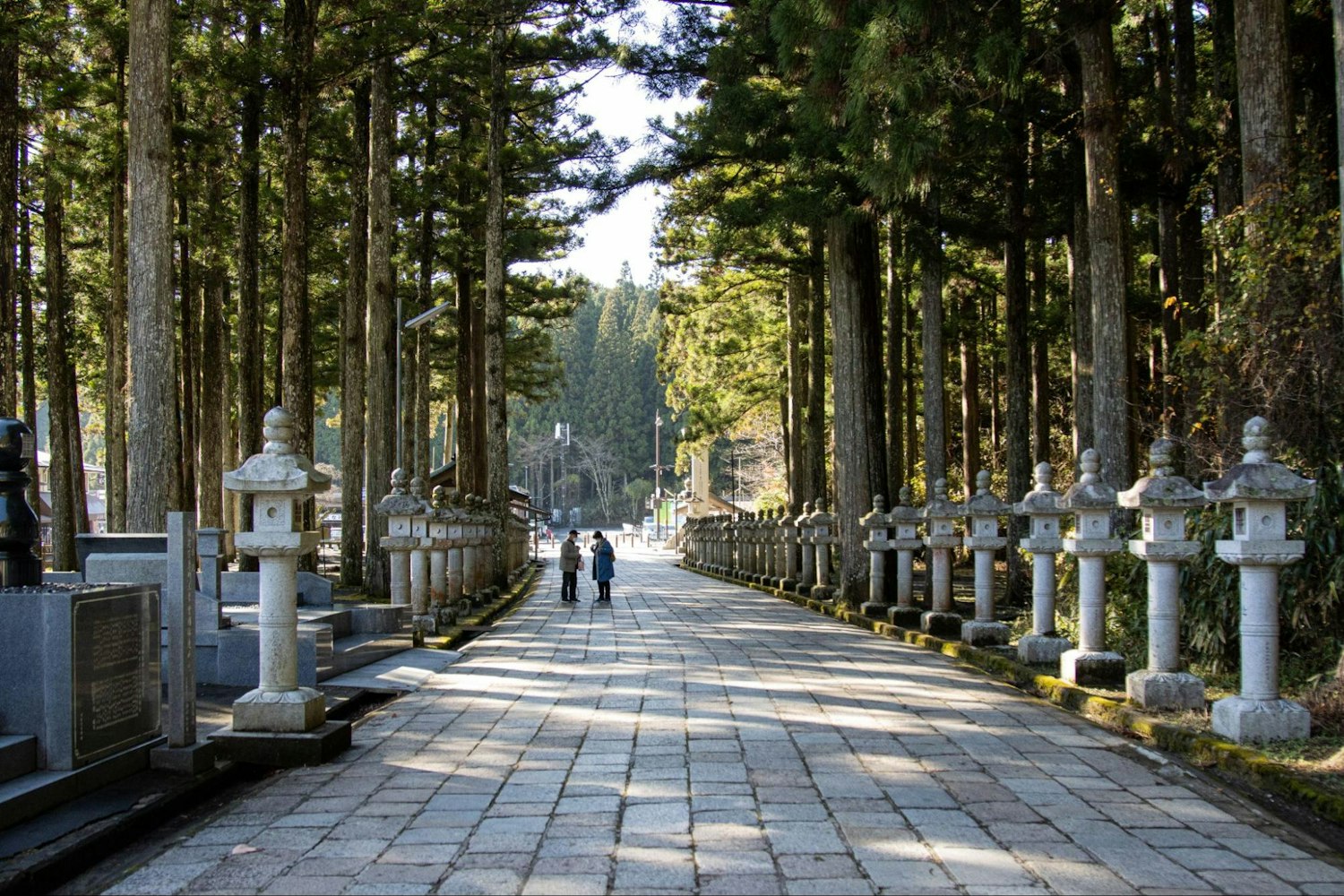
At the heart of Okunoin lies the Torodo Hall or the Hall of Lanterns, an awe-inspiring sight with more than 10,000 lanterns illuminating the hall, some of which are believed to have been burning continuously for hundreds of years.
The flickering lights amidst the quiet surroundings create a mystical atmosphere that leaves a lasting impression on every visitor. Okunoin invites you to reflect on life, death, and the impermanence of everything, a powerful message in Buddhist philosophy.
One of the stunning aspects of Mount Koya is its captivating transformation with the seasons, each lending a unique aura to this spiritual sanctuary. Spring arrives with a riot of colors, as over a hundred varieties of cherry trees awaken from their winter slumber and drape Kōyasan in a breathtaking array of delicate pink and white cherry blossoms. This spectacle, known as 'Sakura,' generally reaches its peak in early April and offers an ethereal backdrop that complements the ancient temples and their environs.
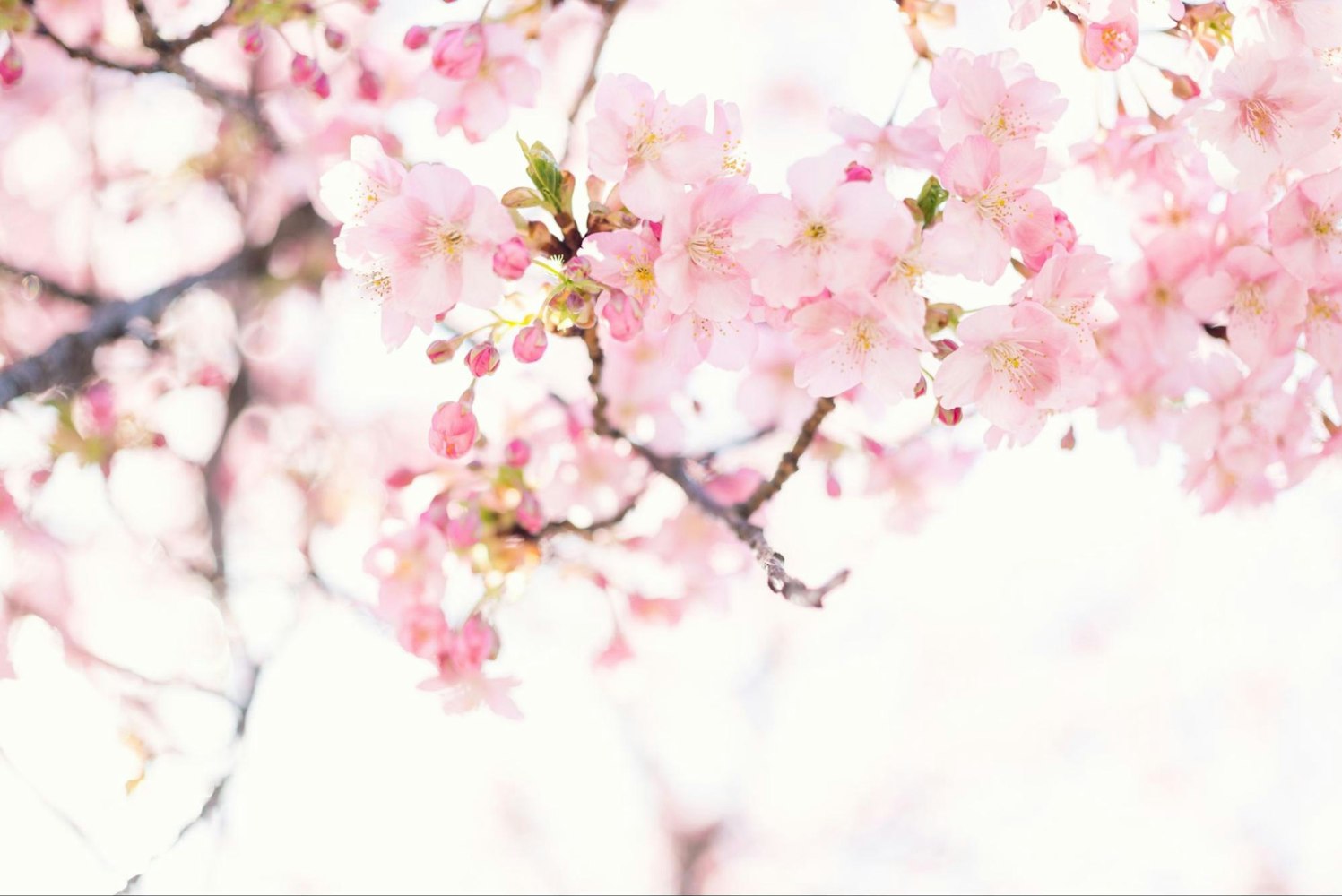
Autumn, or 'Koyo' season, transforms Mount Koya into a vibrant canvas of warm hues. The mountain foliage ignites in a dazzling display of reds, oranges, and yellows, creating a vivid contrast against the evergreen backdrop of the sacred mountain. This spectacular display typically begins in mid-November.
As winter approaches, the landscape changes again, this time cloaked in pristine white snow that imparts serene tranquility, making the temples and ancient monuments stand out starkly. The summer season brings relief with its lush greenery, enhancing the peaceful ambiance that Mount Koya is famed for. No matter when you visit, you are assured of an unforgettable visual feast.
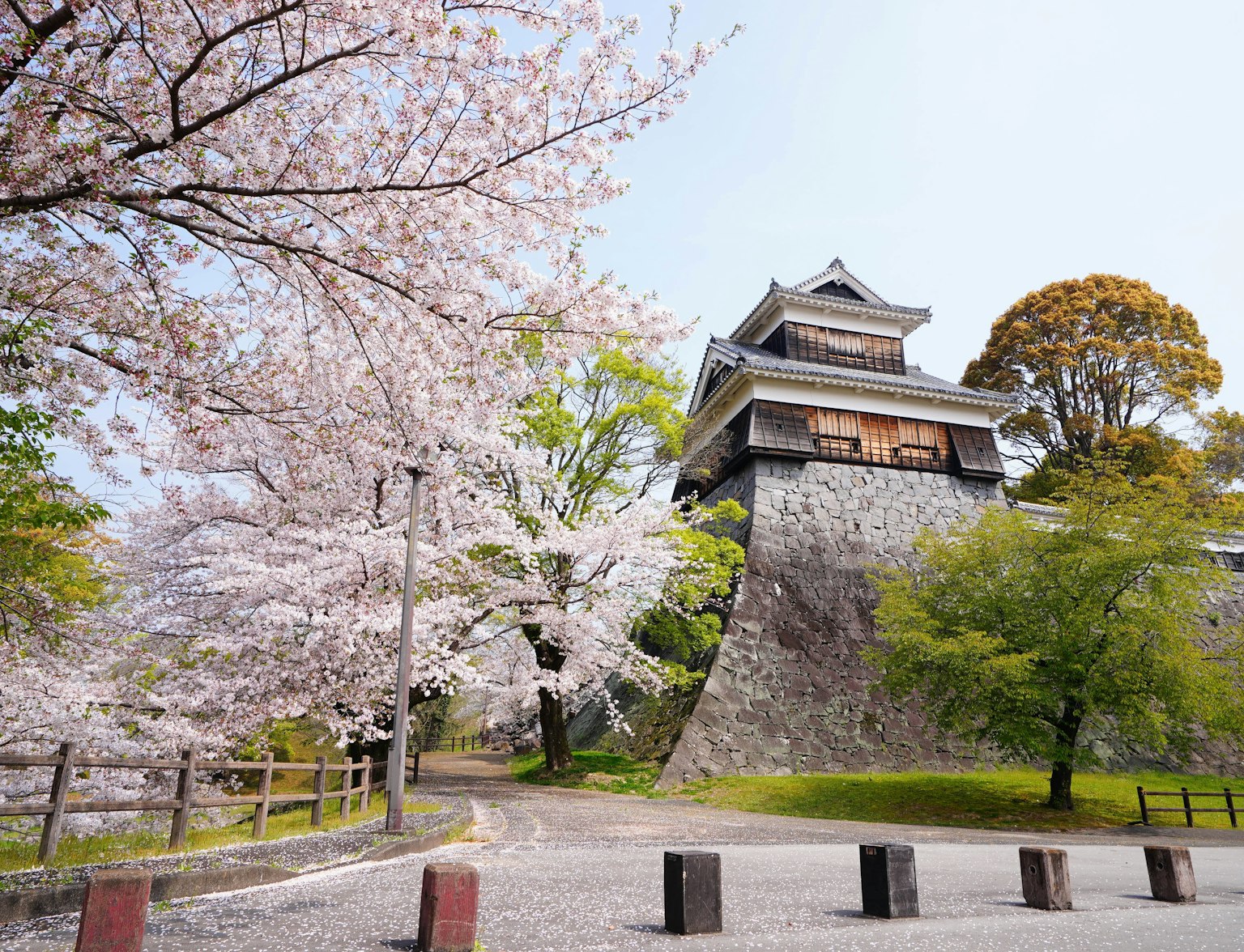
Similar Tour: Witness the beauty of cherry blossoms in Northern Kyushu.
To truly appreciate the natural splendor of Mount Koya, traversing its hiking trails is a must. One of the most significant is the Kōyasan Choishi Michi trail, a centuries-old pilgrimage route that winds through towering cedar forests and rugged landscapes.
The trail is punctuated by stone pillars, or "Choishi," each inscribed with a Sanskrit letter and symbolizing the path to enlightenment. This 24-kilometer trail presents hikers with the opportunity to follow in the footsteps of monks and pilgrims, with each step bringing them closer to the breathtaking views from the mountain's peak.
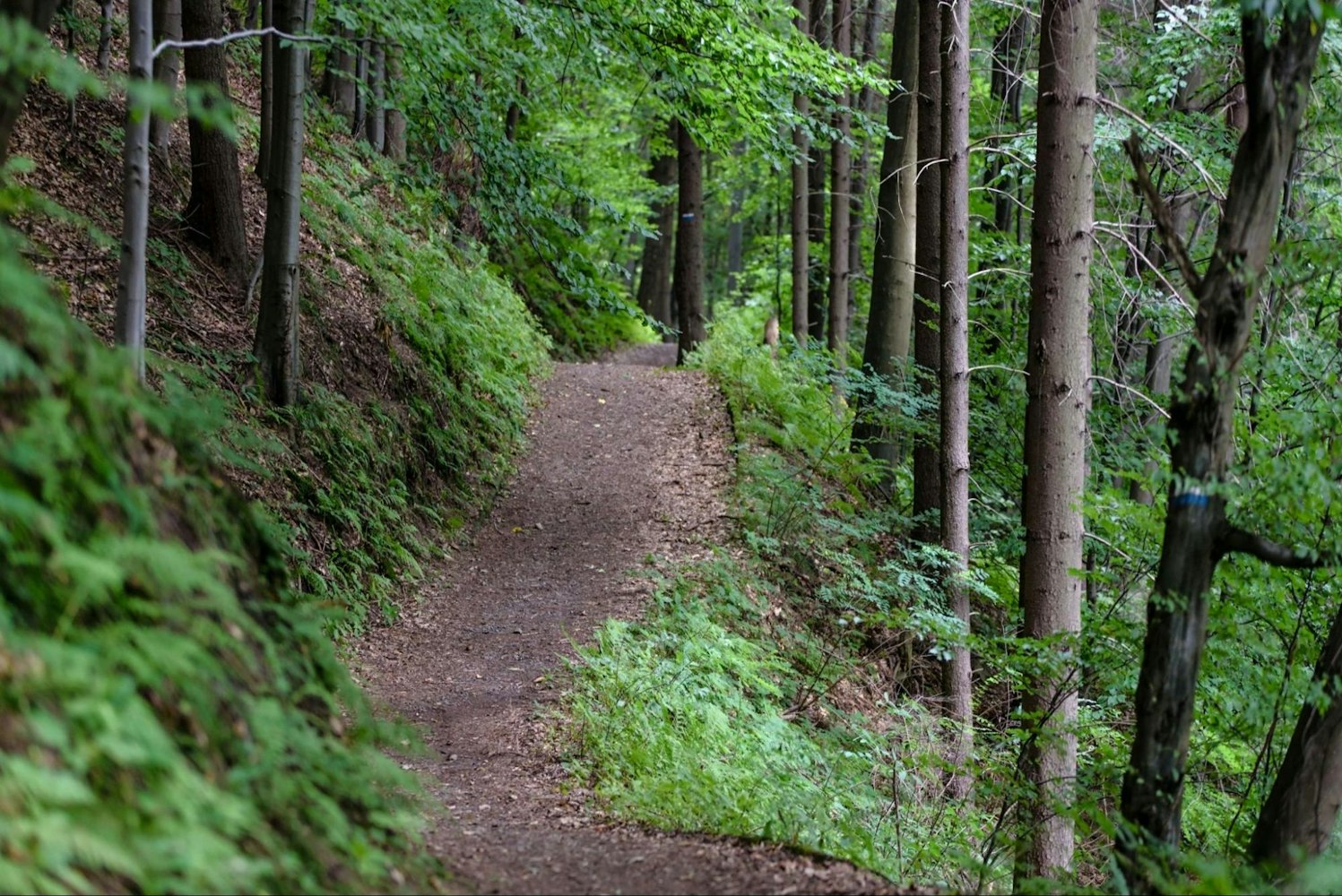
Another notable trail is the Women Pilgrims' Route, a historic path that was the only route available for female pilgrims until 1872, due to the religious restriction preventing women from entering Kōyasan through the main entrance.
Today, it serves as a poignant reminder of the pilgrimage's evolution and offers an enchanting trek, especially during the fall when the path is bathed in a warm glow of vibrant autumn colors.
These trails are more than just hiking routes; they're passageways to Mount Koya's rich history and enchanting natural beauty, offering a deep, personal connection with nature and a sense of tranquility that embodies the spirit of Kōyasan.
The Shukubo experience is a unique opportunity to immerse oneself in the peaceful rhythms of monastic life on Mount Koya. Shukubo, translating to "sleeping with monks," refers to traditional temple lodgings that were initially intended to accommodate pilgrims.
Today, they are open to all visitors, offering a glimpse into the spiritual and everyday life of Buddhist monks. Over 50 temples on Mount Koya provide this service, allowing guests to stay within the temple grounds, often in beautifully preserved buildings that reflect traditional 50 temples on Mount Koya.

Shukubo are more than just accommodations; they offer a cultural experience that's rich in simplicity and spirituality. Each temple has its own distinct character and set of practices. Staying at a Shukubo, you might start your day with the monks at dawn, participating in morning prayers, a ritual that sets a serene tone for the rest of the day. It's a humbling, grounding experience, and one that offers a glimpse into the devotion and discipline of monastic life.
Staying in a Shukubo introduces visitors to the minimalist way of life that Buddhist monks lead. The rooms are traditionally styled, featuring tatami mat floors, futon beds, and sliding paper doors, offering a sense of tranquility and simplicity. This simplicity extends beyond just physical surroundings and is deeply ingrained in the monks' lifestyle, which involves a set routine of meditation, prayers, and work.
Living this minimalist life, even if only for a few days, can be an enlightening experience. It offers a respite from the complexity and chaos of modern life and a chance to reflect and connect with oneself on a deeper level.
The austerity of the surroundings, the serenity of the environment, and the regular rhythm of monastic life work in harmony, offering a sense of peace and grounding that's hard to find in today's fast-paced world.
Shojin Ryori, or Buddhist cuisine, is an integral part of the Shukubo experience. A unique form of vegan cooking that originated in Buddhist temples, Shojin Ryori embodies the Buddhist philosophy of non-harm and mindfulness.
These meals are meticulously prepared using seasonal vegetables, wild plants, and traditional ingredients like tofu and seaweed. They are as much a feast for the eyes as for the palate, often presented in beautiful lacquerware and arranged to represent the balance of elements and colors.
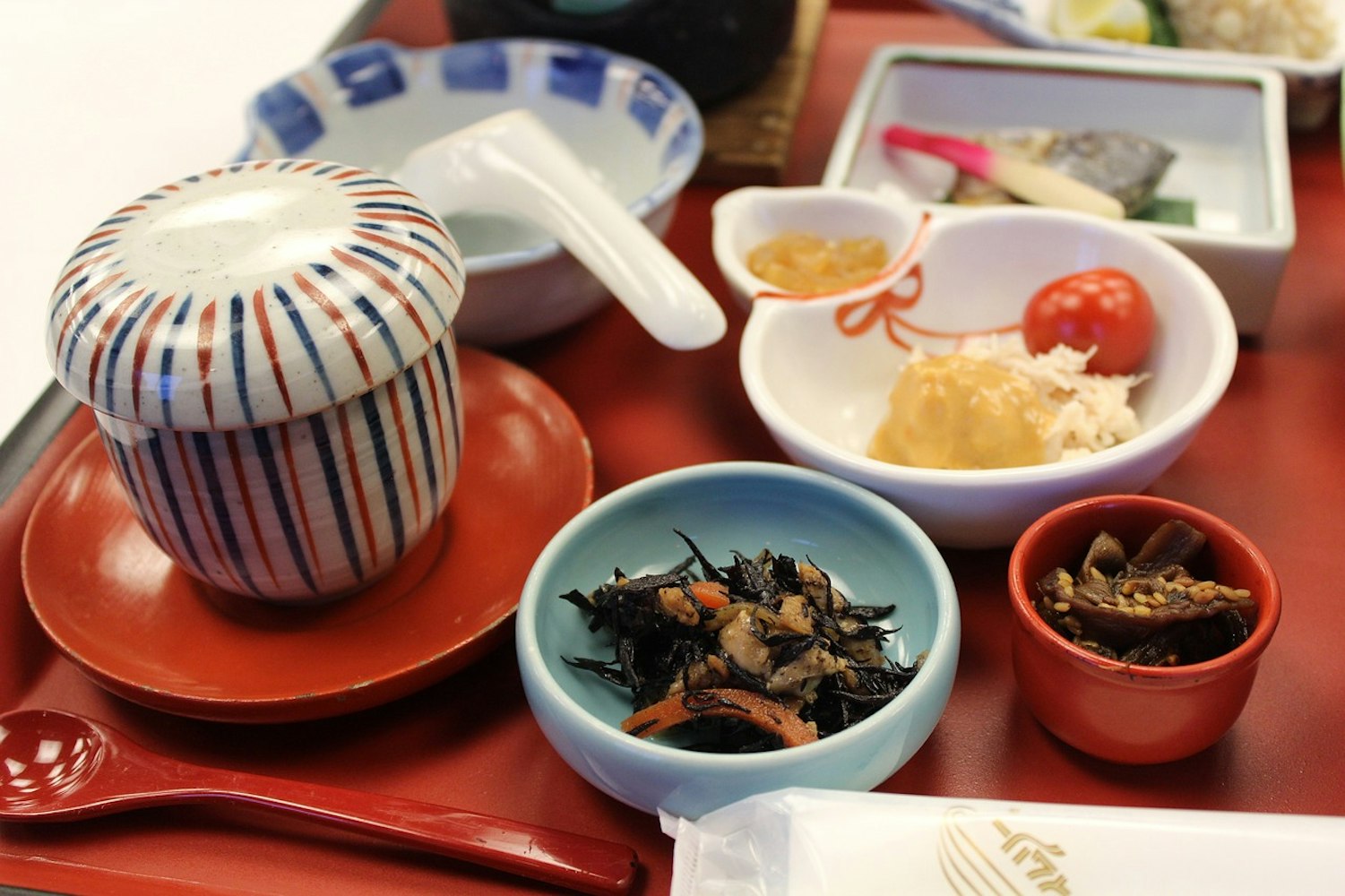
Eating Shojin Ryori is not just about nourishing the body but also the soul. The food is eaten in silence, allowing guests to truly savor each bite and appreciate the effort put into preparing each dish.
This practice of mindful eating encourages gratitude, awareness, and respect for the food and the life it represents. It's an experience that leaves many visitors with a newfound appreciation for food, its origins, and its impact on the body and mind.
Experiencing the spiritual rhythm of Mount Koya involves active immersion in its Buddhist practices. Starting your day with "osho," the morning services, provides a stirring window into the sanctity of monkhood.
As you gather in the hallowed halls of the temple at dawn, you'll witness monks in ceremonial robes, chanting sutras in resonant unison, punctuated by the solemn tolling of temple bells. Visitors are not merely observers but are invited to participate in this sacred ceremony. The rhythmic chants, the incense-laden air, and the profound sense of devotion that permeates the room offer an extraordinary experience of spiritual connection.
Additionally, you can delve into the tranquility of Buddhist meditation, particularly the "ajikan" meditation, a central practice in Shingon Buddhism. Temples often host meditation workshops, where a guiding monk introduces you to the techniques of visual and vocal meditation, centering on a Sanskrit letter that symbolizes the universe's essence. This immersive practice offers a path to inner peace, forging a profound bond with the spiritual fabric of Mount Koya.
Beyond the spiritual, Mount Koya offers an array of cultural activities that allow you to delve deeper into Japanese traditions. One such activity is the Shodo or the art of Japanese calligraphy. In these workshops, skilled tutors guide you to control your breath, focus your mind, and let your hand dance across the paper, creating beautiful characters with black ink. The act of Shodo transcends the creation of art and becomes a form of meditation in motion, reflecting the harmony between mind, body, and spirit.
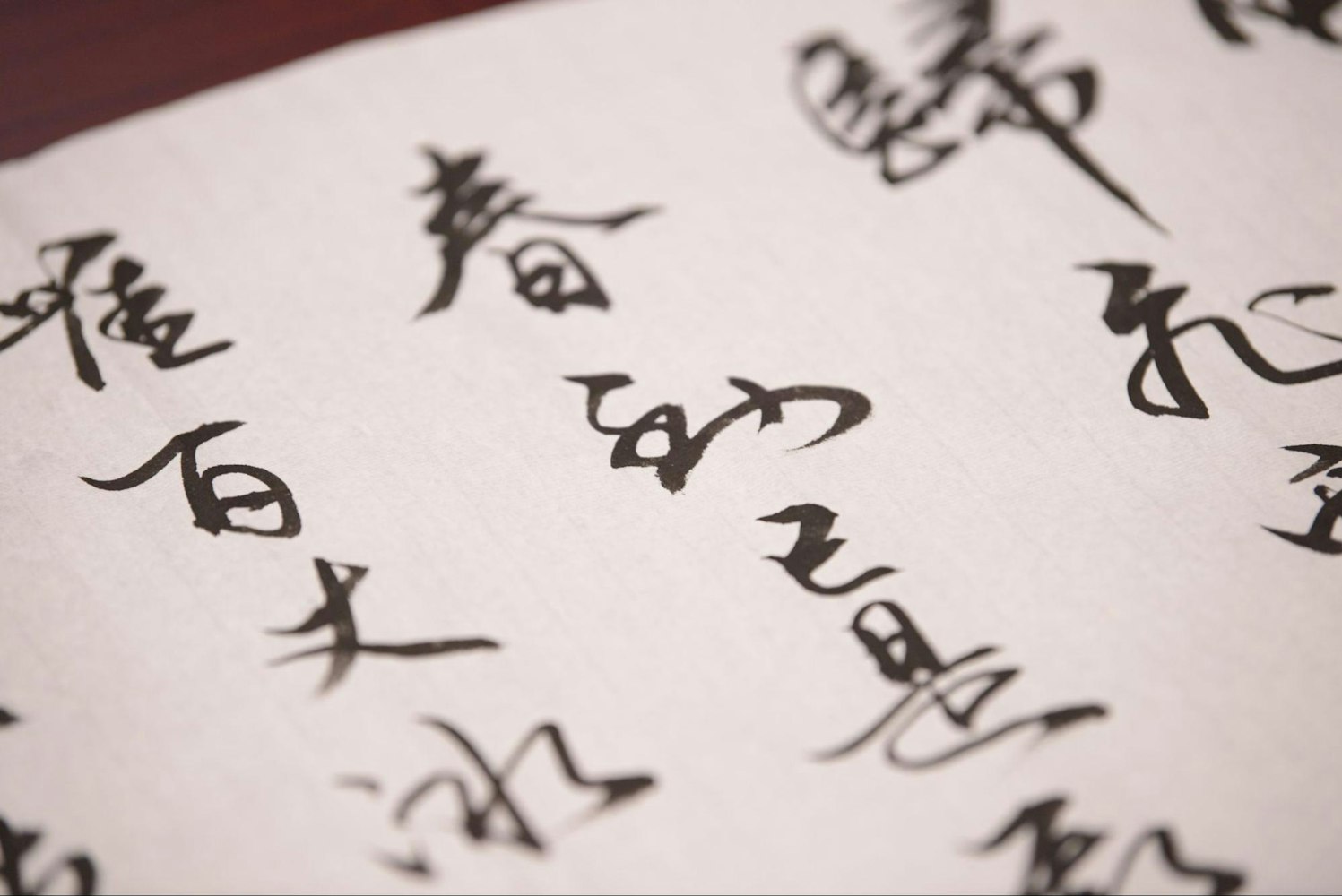
Another unique cultural activity to partake in is the traditional Japanese tea ceremony, or "sado." This centuries-old ritual is steeped in mindfulness, aesthetics, and a deep respect for hospitality. The ceremony involves meticulously preparing matcha, a powdered green tea, in a serene, choreographed process where every action has deep symbolic significance.
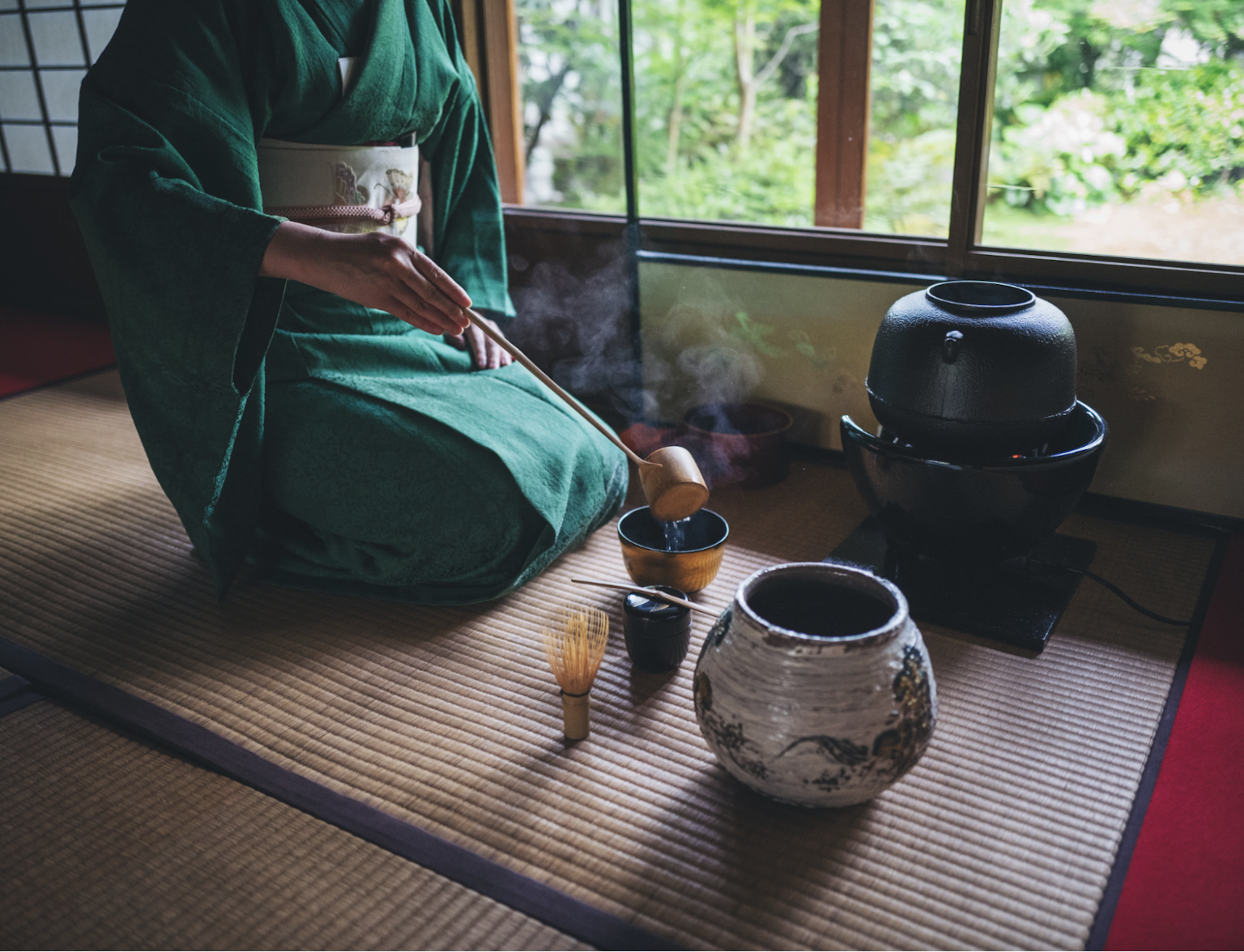
Similar Tour: Experience an authentic tea ceremony in Kyoto.
As a participant, you observe and engage in the ceremony's gracefulness, from the precise whisking of the tea to the deliberate rotation of the tea bowl before sipping. The tea ceremony, much like other cultural activities on Mount Koya, offers a moment of serene reflection and a deep appreciation of Japanese philosophy.
As we conclude our exploration of Mount Koya, we see that it is not just a place but a journey of spiritual discovery, cultural immersion, and deep personal reflection. Its historic temples echo tales of ancient wisdom, the seasonal landscapes whisper the language of impermanence, and the unique Shukubo and Shojin Ryori experiences invite you into a world of thoughtful simplicity. The rhythm of life on Mount Koya reverberates with serene tranquility, offering a soothing balm for the weary soul and a silent retreat from the relentless rush of the outside world.
If you're planning a journey to the mesmerizing Land of the Rising Sun, we at Trip to Japan invite you to discover the treasures hidden in its vast cultural tapestry. Our carefully curated tours take you on unforgettable adventures across the country, providing you with insider access to the authentic heart of Japan.
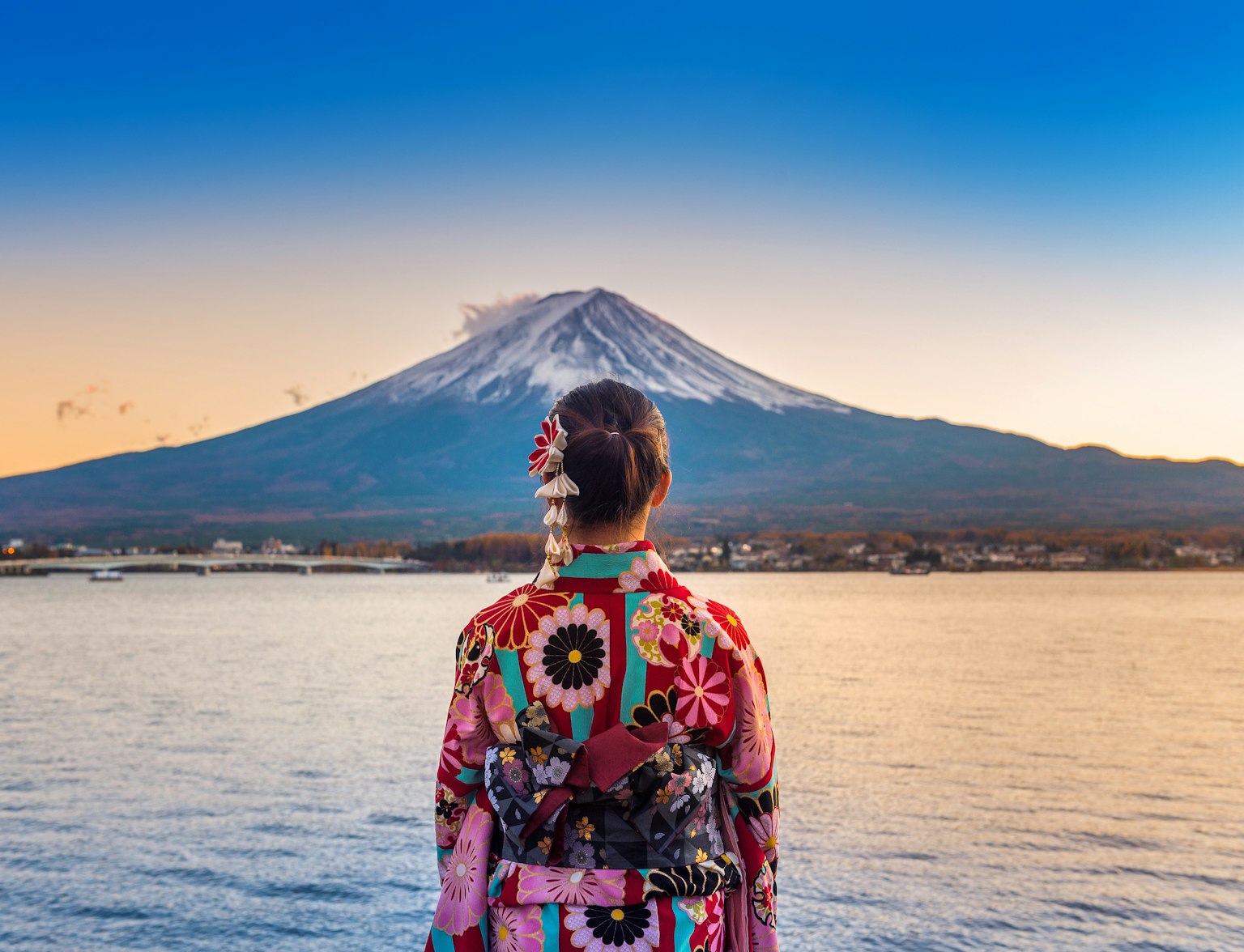
Conquer Mt. Fuji, indulge in traditional culinary delights, and capture Lake Kawaguchi's pristine views.
